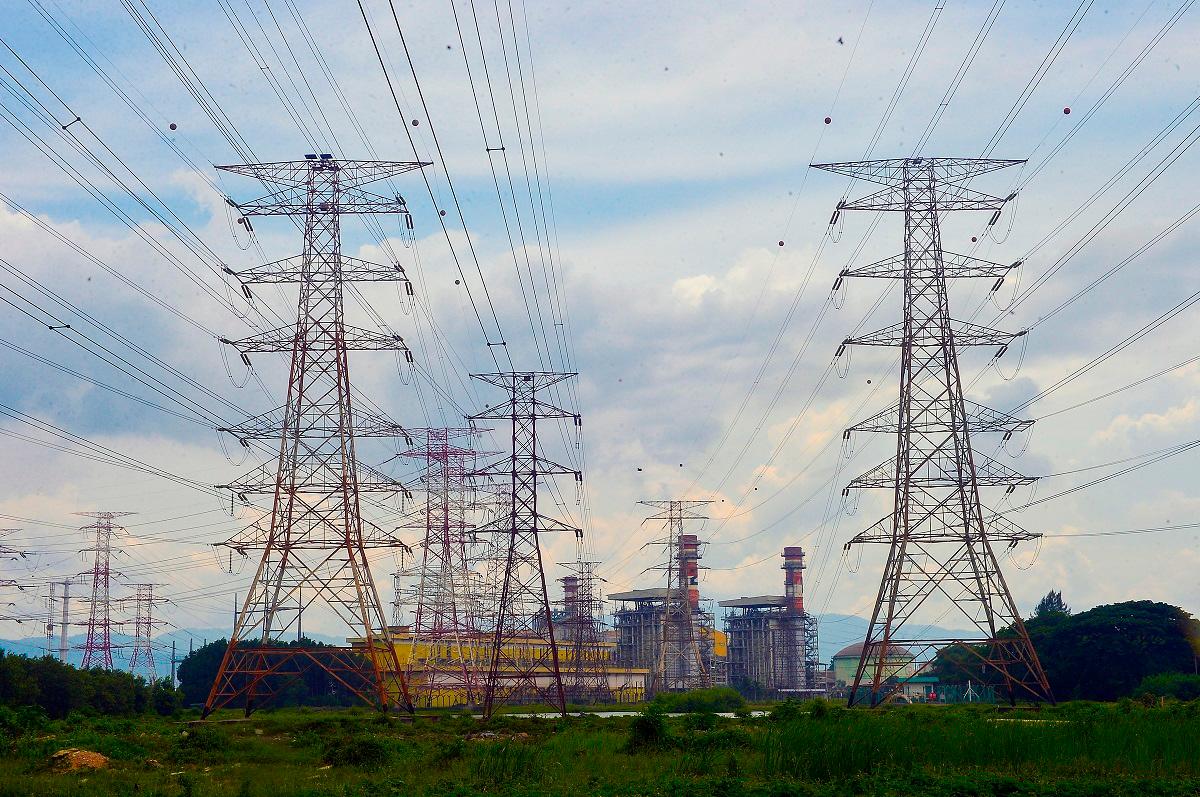PETALING JAYA: As the Asean Power Grid (APG) gains traction, Malaysia finds itself at a pivotal moment – poised to become a key player in Southeast Asia’s energy future.
Thanks to its strategic geography and expanding renewable energy sector, Malaysia is well-positioned to facilitate the flow of clean electricity across borders. However, experts warn that without swift reforms in infrastructure, regulations and policy alignment, the country risks falling behind in this ambitious project.
Universiti Kebangsaan Malaysia senior lecturer Dr Muhammad Ammirrul Atiqi Mohd Zainuri said the APG is designed to connect the power systems of Asean nations and bolster energy security, sustainability and spur economic growth.
“APG enables cross-border electricity trade, allowing countries to tap into regional resources like hydropower and solar, while reducing reliance on fossil fuels.”
He said Malaysia could benefit by importing surplus renewable energy from neighbours such as Laos and Vietnam, potentially lowering generation costs, improving grid flexibility and attracting investments – all in line with the National Energy Transition Roadmap.
“Hydropower from Laos or solar from Vietnam could help Malaysia decarbonise its power sector more quickly and affordably.
“Access to cheaper, clean electricity could also reduce our dependence on coal and gas while encouraging private-sector participation.”
However, realising this potential won’t be easy. Technical, regulatory and political challenges loom, said Muhammad Ammirrul.
“Asean countries operate on different voltage levels, frequencies and grid codes. They must be harmonised to enable efficient electricity flow.”
He added that Malaysia’s existing transmission infrastructure needs major upgrades to accommodate increased imports and the intermittent nature of renewable sources.
Another concern is over-reliance on imported electricity.
“A disruption in one country could trigger regional instability. Harmonising tariffs, regulations and standards will also be a complex, time-consuming process,” he cautioned.
Beyond technical issues, the more significant hurdle may lie in political will.
At last month’s 46th Asean Summit in Kuala Lumpur, Prime Minister Datuk Seri Anwar Ibrahim backed efforts to fast-track Phase Two of the APG, which aims to link Laos, Cambodia and Thailand with Peninsular Malaysia and Singapore.
However, Universiti Tenaga Nasional Institute of Energy Policy and Research director Dr Nora Yusma Mohamed Yusoff warned that fragmented regulations and outdated tariff structures are major obstacles.
“Malaysia’s electricity system, which is partly regulated and subsidised, presents a challenge. Aligning our pricing mechanisms with regional markets requires reforms that are not only technically sound but politically viable.
“Without fair, cost-reflective pricing, Malaysia could risk harming both its domestic energy market and regional competitiveness.
“Different grid codes, licensing procedures and power purchase agreements across Asean make market entry difficult and create legal uncertainty.”
To take on a central role in the APG, Nora said Malaysia must collaborate closely with its Asean neighbours to develop common rules and enforcement mechanisms.
She said significant investment will also be required in grid infrastructure, including high-voltage direct current interconnectors, smart grid technologies and better grid management systems. These should be rolled out in phases, guided by clear cost-benefit analyses to avoid stranded assets.
Nora said Malaysia’s future in the APG is not limited to electricity trade. She noted that with growing solar capacity, battery storage and liquefied natural gas (LNG) facilities, Malaysia could also become a key exporter of clean molecules such as hydrogen and LNG.
Still, she urged caution against focusing too heavily on exports without first securing domestic energy needs.
Both experts agree that Malaysia has a key role in Asean’s energy future, but only if it builds a solid foundation at home.
“The APG is more than an infrastructure project – it’s a political and economic initiative that will shape national policies, regional cooperation and long-term energy security,” said Muhammad Ammirrul.
“For Malaysia, this is a turning point. With the right reforms and partnerships, we can help lead Asean into a cleaner, more resilient energy era.”
On Dec 13 last year, Malaysia exported 50 megawatts of renewable electricity to Singapore via the Energy Exchange Malaysia (Enegem). The green energy, supplied by Tenaga Nasional Berhad, was sold to Sembcorp Power through a competitive auction under the Cross-Border Electricity Sales for Renewable Energy (CBES RE) scheme.
ENEGEM was launched last April and represents a milestone in Malaysia’s regional grid integration and energy transition.









